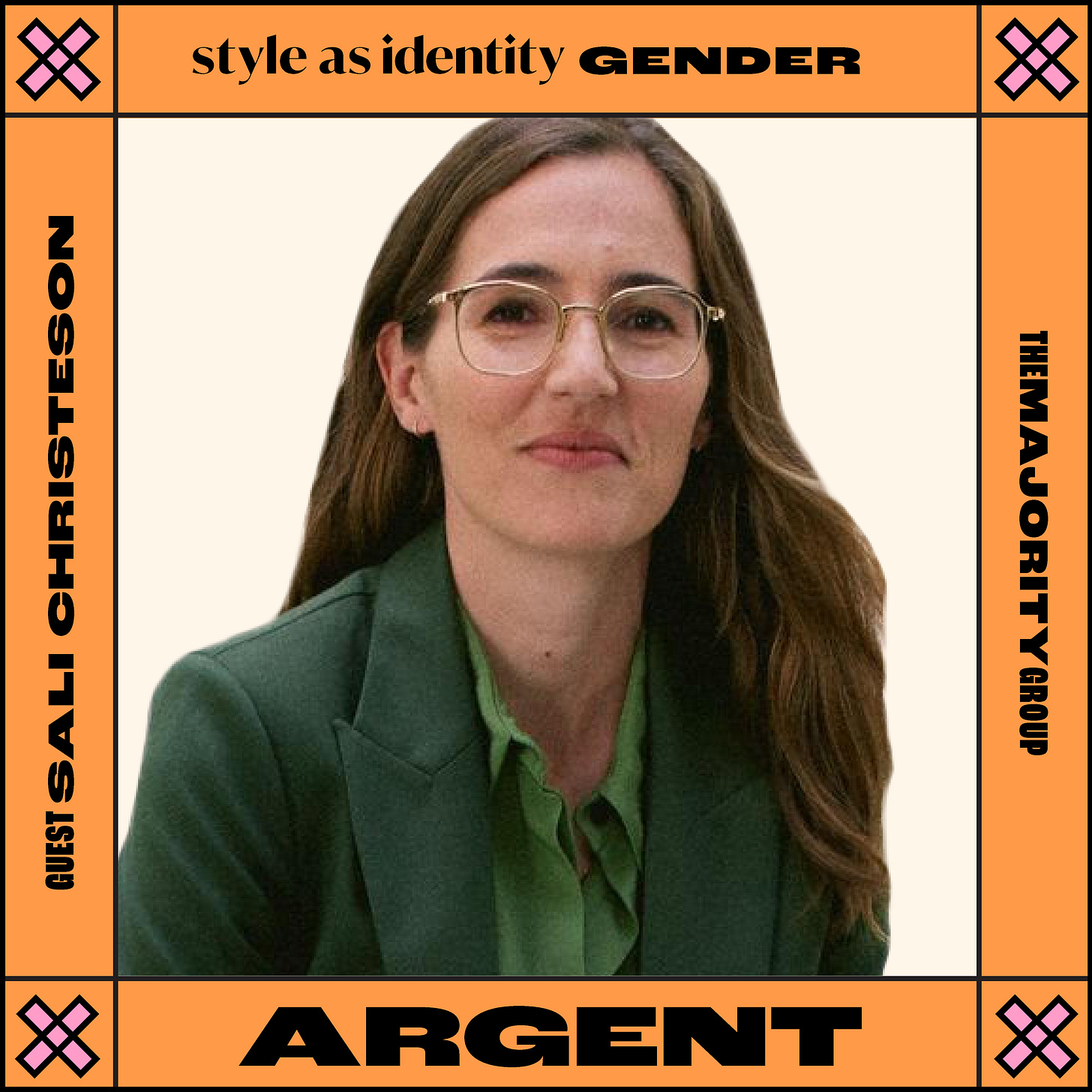Utility Is Power: How Design Fixes “Invisible” Inequity at Work
Argent turns pockets, color, and fit into levers for confidence, access, and momentum, proving that what we wear can change how we work.
Workwear wasn’t built for everyone. For decades, the baseline “professional” uniform assumed a body type, a schedule, and a set of informal power rituals that left many out. The consequences often looked small: a detour to grab a purse before lunch, a jumpsuit that complicates a bathroom break, a blazer that’s beautiful but useless. But small frictions compound. Over time, they siphon networking, confidence, and even earnings.
Sali Christeson founded Argent to remove those frictions. Not with slogans, but with design. Interior blazer pockets that actually carry a phone, card, and keys. Tailoring that moves through a real day. Color used as a signal of presence. The result is more than clothing; it’s a toolkit for access.
The Real Cost of “Appearance”
Research has long linked appearance to career outcomes. Strip away the noise and a pattern emerges: when the uniform doesn’t serve the wearer, the wearer pays. That cost shows up in missed hallway conversations, second-guessing in high-stakes rooms, and a quiet tax on long-term earnings. Argent’s thesis is simple: reduce friction, return power.
The Lunch-Line Gap
Keep reading with a 7-day free trial
Subscribe to The Majority Group to keep reading this post and get 7 days of free access to the full post archives.



